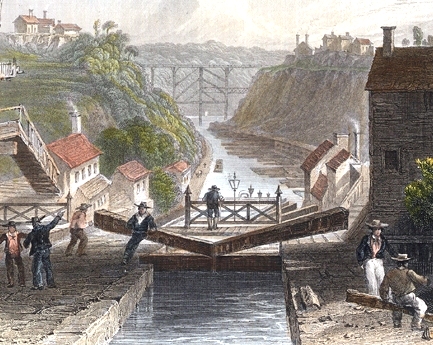
State and local governments continue to use structured finance to obscure bad fiscal decisions. Today’s case: Louisiana’s convoluted proposed subsidy structure for the New Orleans Saints. The pending deal shows that conservative Republican Bobby Jindal isn’t shy about using state dollars for economic central planning, even at the expense of investing in basic infrastructure so that the private sector can grow on its own.
Louisiana taxpayers have long paid the Superbowl-winning Saints a subsidy that has reached $23.5 million annually in recent years, the Times-Picayune reports. Jindal wants to continue heavily subsidizing the Saints to the tune of $400 million over 15 years.
But he doesn’t want to do it the old-fashioned way, through which the state just gives the team the cash.
Sure, for old times’ sake, Jindal will pay the $85 million cost of a Superdome renovation. But then, it gets complicated. For much of the rest of the subsidy, Jindal will ask Big-Easy-based state entities to consolidate their office space in a tower that Saints owner Tom Benson recently purchased near the Superdome.
The rents the state would pay to Benson appear to be significantly above-market, costing an extra $1.2 million (the Times-Picayune‘s figure) to $2 million (my figure) a year.
The Times-Picayune reports that the state considers the prices it would pay to be market price, because the offices will be new and will offer various amenities.
But Jindal should know that the market should set the market price, not the government. Plus, it’s odd to commit to renting a big block of space — 320,000 square feet annually — for a decade and a half in a time of fiscal retrenchment, when state employment could fall.
Louisiana argues that the deal creates a big sideline benefit for New Orleans: investment in an office tower in a neglected part of town.
But people don’t want to work downtown for a good reason. It feels unsafe. Indeed, the same article reports that one state office moved to the New Orleans suburbs a decade ago after one of its workers was mugged and beaten at gunpoint.
Jindal would do better to help New Orleans’s mayor-elect, Mitch Landrieu, to invest in public safety so that people want to work downtown and investors want to modernize office towers to serve them without direct government subsidy. Landrieu should hire a police chief with high-level experience in New York or another city that’s been successful at crime-fighting, for example, something that could cost money.
Jindal would do better, too, to invest in infrastructure that supports the private sector, rather than to pick one private-sector endeavor to favor, even if it is the Saints.
Yet at the same time that he is working hard on its new Saints deal, Jindal has passed up applying for federal money for a high-speed rail route from New Orleans to Baton Rouge. He’s done this because it would cost the state $18 million annually to operate and maintain the rail system.
High speed rail between two relatively dense cities less than 100 miles apart from each other makes enough sense on the face of it at least to justify further study and financing alternatives, as the Baton Rouge Chamber of Commerce and its New Orleans counterpart, Greater New Orleans Inc., understand in objecting to Jindal’s decision. It certainly works in the northeast corridor to tie Boston, New York, and Washington closely together.
If Jindal has sound reasons for foregoing such investment, he should say so. But an $18 million annual subsidy cost is not automatically such a reason. If it were, the Saints wouldn’t be in line for any money, either.








